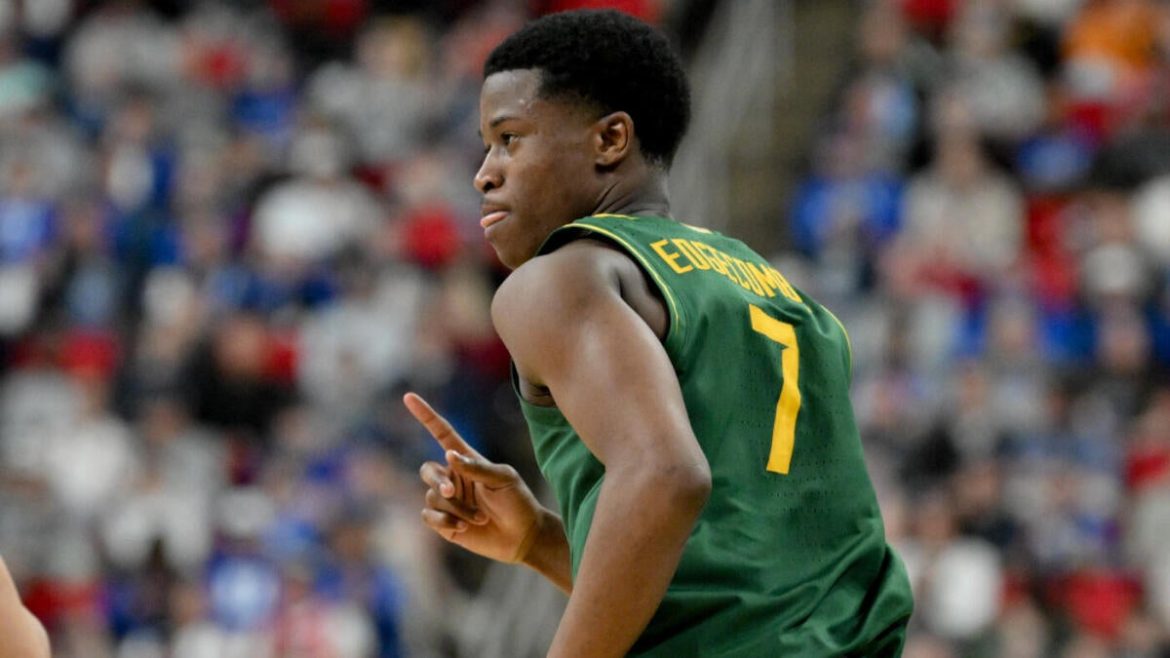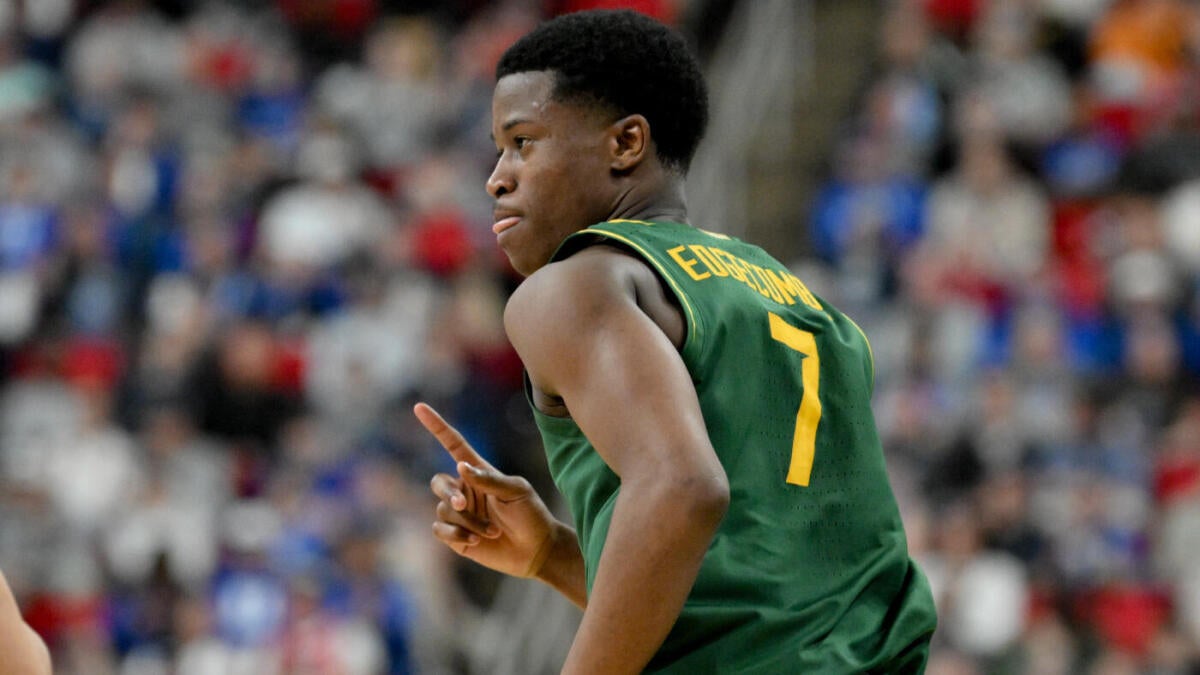The 2025 NBA Draft and trade market marked a pivotal moment for several franchises, each navigating the delicate balance between immediate needs and long-term vision. The draft not only introduced a wave of promising talent but also showcased the strategic maneuvers that could redefine team trajectories in the coming years. From the Brooklyn Nets’ patient approach to the Philadelphia 76ers’ decisive selection of VJ Edgecombe, the draft highlighted the diverse strategies employed by NBA front offices.
Brooklyn Nets: A Future-Focused Strategy
The Brooklyn Nets entered the 2025 draft with a clear vision: long-term rebuilding. Their aggressive trade strategy allowed them to accumulate a substantial stash of future draft picks, prioritizing flexibility over immediate star power. This approach reflects a commitment to constructing a competitive roster over several years, rather than chasing short-term success.
The Nets’ trade acumen was evident in their ability to leverage existing assets to secure additional draft capital. While their 2025 picks hold promise, the real value lies in the options these picks unlock. Whether used to draft emerging talent or as currency in future trades, these picks provide the Nets with the flexibility to shape their roster according to evolving needs. This patient philosophy demonstrates a willingness to invest in the future, even if it means sacrificing immediate gains.
Philadelphia 76ers: Balancing Immediate Needs and Future Potential
The Philadelphia 76ers made headlines with their selection of VJ Edgecombe, a Baylor shooting guard known for his elite athleticism and two-way potential. Standing at 6’4” with a 6’6” wingspan, Edgecombe was praised for his defensive prowess and offensive skill, earning him the Big 12 Freshman of the Year accolade. His selection at No. 3 overall underscores the 76ers’ commitment to securing high-upside talent.
Edgecombe’s fit with the 76ers is particularly noteworthy. His defensive tenacity and transition offense complement the team’s existing roster, providing a versatile addition that can contribute on both ends of the floor. The 76ers’ decision to select Edgecombe over other top prospects like Rutgers forward Ace Bailey and Duke’s Cooper Flagg highlights their focus on immediate impact and long-term potential.
Moreover, the 76ers’ willingness to consider trading the No. 3 pick demonstrates their strategic flexibility. This approach allows them to explore various options, ensuring they make the most of their draft capital. The selection of Edgecombe, combined with their optionality, positions the 76ers as a team that can adapt to changing circumstances while maintaining a clear vision for the future.
Dallas Mavericks: Securing a Franchise Cornerstone
Winning the draft lottery granted the Dallas Mavericks the No. 1 overall pick, a position that allowed them to select Cooper Flagg, a Duke phenom widely regarded as the consensus top prospect. Flagg’s stellar freshman season and two-way skill set made him an ideal choice for a team looking to build around a franchise cornerstone.
Flagg’s impact potential is significant. His defensive tenacity and multifaceted scoring ability can immediately bolster the Mavericks’ roster. The selection of Flagg not only addresses immediate needs but also provides a long-term solution, ensuring the Mavericks have a foundational player to build around. This move illustrates the transformative power of the draft lottery, as the Mavericks now have a player who can shape their competitive trajectory for years to come.
Oklahoma City Thunder: Balancing Upside and Risk Management
The Oklahoma City Thunder added Thomas Sorber in the 2025 draft, a player known for overcoming injury concerns and approaching full recovery. Sorber’s path to the draft showcases resilience, although his immediate NBA Summer League status remains uncertain. The Thunder’s selection reflects a balanced approach between upside and roster development, hoping that Sorber’s health and skill translation will yield positive returns.
This move is consistent with the Thunder’s trend of shrewd talent cultivation and cautious risk management. By selecting Sorber, the Thunder demonstrate their willingness to invest in players with high upside, even if it comes with some level of uncertainty. This approach allows them to build a roster that combines immediate contributors with long-term potential, ensuring they remain competitive while developing their young talent.
Utah Jazz: Addressing Long-Term Needs
The Utah Jazz face critical aging and performance questions, turning to prospects like Tre Johnson, Ace Bailey, and VJ Edgecombe to address their needs. The Jazz’s choice should emphasize complementary skills to their existing core, particularly focusing on shooting and playmaking.
The Jazz’s draft strategy seemingly tilts toward long-term roster balance, targeting versatility and growth. By selecting players who can develop into dynamic scoring threats outside the paint, the Jazz aim to address their offensive development needs. This approach ensures they build a roster that can compete in the immediate future while also laying the groundwork for sustained success.
Evaluating Draft Prospects Beyond the Lottery
While much attention surrounds top picks, the second round and later picks hold meaningful potential. For example, the Brooklyn Nets selected Penda, a player projected to have defensive agility and scoring upside if his jump shot materializes. Players with dynamic athleticism and positional versatility are increasingly valuable, and teams investing in tailored developmental programs can unlock surprising contributions from these later picks.
The depth of the 2025 draft class is expected to provide hidden gems, reinforcing the merit in thorough scouting and development. By focusing on players who can contribute in multiple areas, teams can build well-rounded rosters that are capable of competing at a high level.
Data-Driven Insights and Statistical Projections
Advanced analytics play a crucial role in modern NBA draft strategy. Data-centric models predict VJ Edgecombe to average approximately 18.6 points per game, placing him among the upper echelon of the class offensively. Similarly, analytics validate Cooper Flagg’s top pick status, citing his combined defensive and offensive efficiencies.
While modeling offers guidance, variables like health, adaptation, and team system integration remain crucial unknowns. NBA front offices increasingly mesh traditional scouting with data analytics, optimizing draft-day decisions. This approach ensures they identify players who not only have the potential to succeed but also fit within their team’s system and culture.
Conclusion: The 2025 NBA Draft as a Strategic Inflection Point
The 2025 NBA Draft and trade market showcased the intricate balancing act teams must perform—judging immediate needs, future potential, and trade flexibility. The Brooklyn Nets’ patient accumulation of picks, the Philadelphia 76ers’ targeted choice with Edgecombe, the Dallas Mavericks’ securing of a generational talent in Flagg, and other rookie acquisitions illustrate diverse approaches to team-building.
Success will hinge not only on selecting the right players but also on integrating them effectively within team strategies and managing their development. This draft class, anchored by prospects with impressive two-way potential and athleticism, promises to shape the NBA landscape for years to come, sparking excitement among fans and analysts alike. The 2025 draft serves as a reminder of the strategic inflection points that can define a franchise’s future, highlighting the importance of thoughtful decision-making and long-term vision.





